Introduction
In the late 1940s and early 1950s aircraft where developing at a pace, different styles and shapes of aircraft where common building on knowledge gained throughout WW2 but now directed towards much more advanced prototypes/airframes/systems.
In 1948 RJ was employed to design a prototype aircraft that could be used by the Royal Air Force Transport Command to move troops and equipment into short and unprepared field but then could also takeoff again to re-use/re-equip (think replacement for Horsa gliders et al).
RJ designed a novel airframe which was part fixed wing aircraft, part helicopter and part autogyro (Fairey Aviation did a similar design called the Fairey Rotodyne in the early 50s for a civil contract). The fixed wing part of the desing allows for high speed travel, the 2 twin wasp radial engines where from WW2 surplus stock thus availiable in large numbers, the engines drove a shaft to the rotorheads (1 to each rotor) allowing for low power to drive the rotors enough to provide a modicum of lift while the rotors would also benefit from the ground effect and autogryration concepts thus allowing for short takeoff and landing.
The design was manufactured and employed by militaries all over the work but really came into its own when adapted to civil life. Due to the ability to land and takeoff on short runways while carrying more weight than a similar sized helicopter it was soon seen in the hands of carriers such as British Airways flying short hops from all different places within the united kingdom (and further afield) to previously inaccessible locations.
Designed again to be used with a joystick and a pilot who knows to be sympathetic to the controls (especially at low speeds) the Rotovator was easily capable of being flown smoothly on the civil market, in the hands of an expert military pilot it could be thrown around with some aplomb using the rotors the slow the aircraft from high speed in a turn to almost 0kts (again care has to be taken not to enter a manoever that could become uncontrollable)
Controls
AG2= starts the engines
AG7 = lowers the boarding ramp
TRIM = trim elevator
VTOL dn = flaps
Pictures





Extras
Other variants of this type may well come to fruition as I really enjoy chucking it about and working on something that is neither a plane nor a helicopter in the normal sense (oh and imagine a military gunship style variant)
Specifications
General Characteristics
- Predecessor Vintage Airliner Challenge [CLOSED]
- Created On Windows
- Wingspan 72.2ft (22.0m)
- Length 72.2ft (22.0m)
- Height 26.4ft (8.0m)
- Empty Weight 10,252lbs (4,650kg)
- Loaded Weight 14,524lbs (6,588kg)
Performance
- Power/Weight Ratio 3.094
- Horse Power/Weight Ratio 0.103
- Wing Loading 40.8lbs/ft2 (199.3kg/m2)
- Wing Area 355.9ft2 (33.1m2)
- Drag Points 1033
Parts
- Number of Parts 1522
- Control Surfaces 0
- Performance Cost 4,663

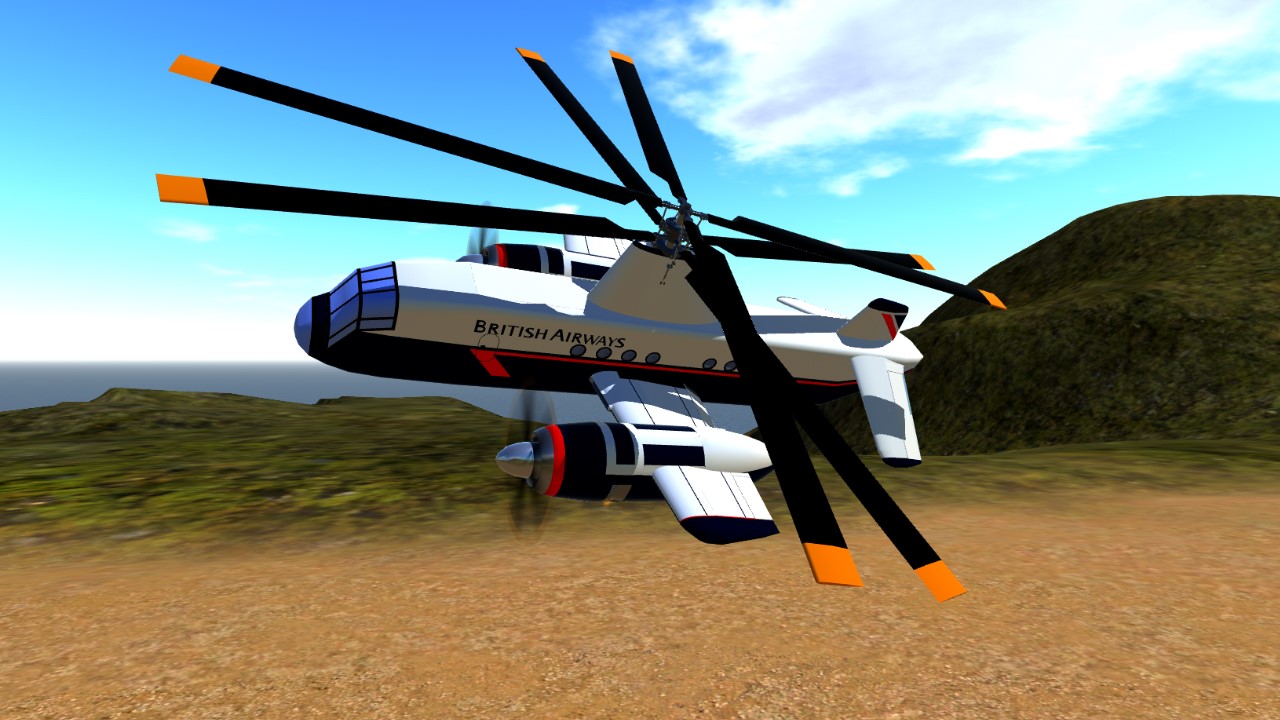
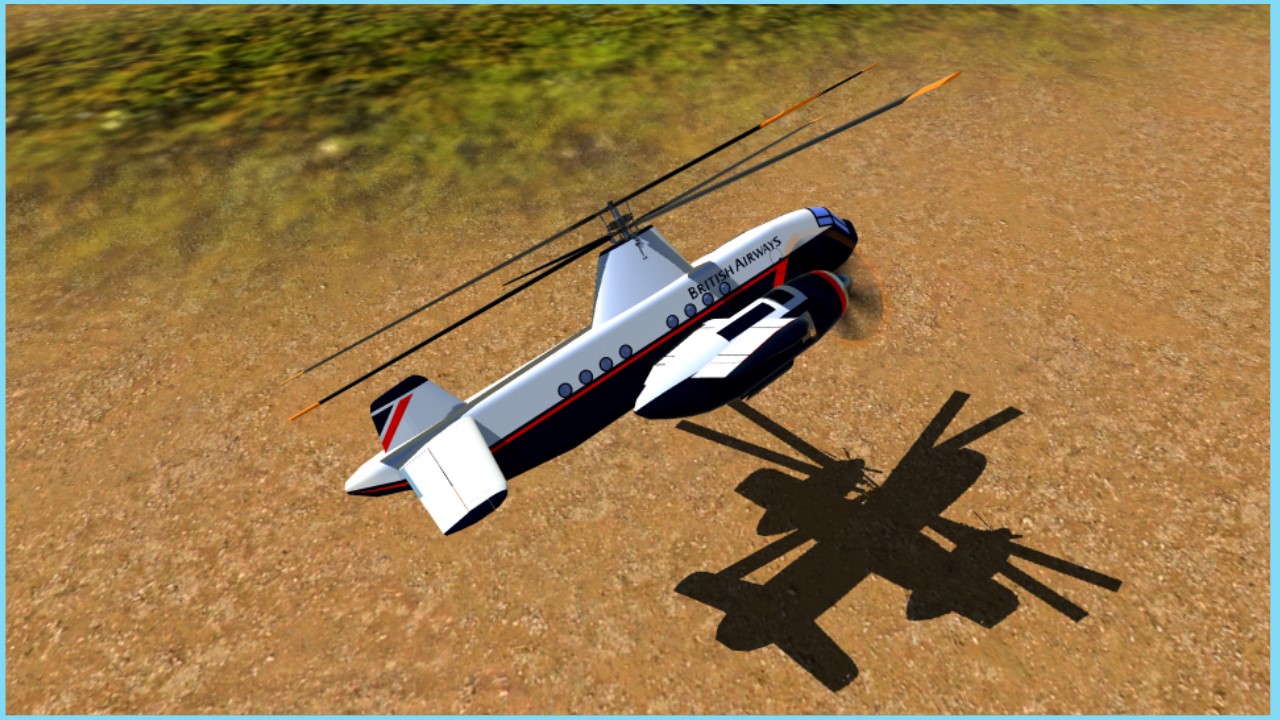
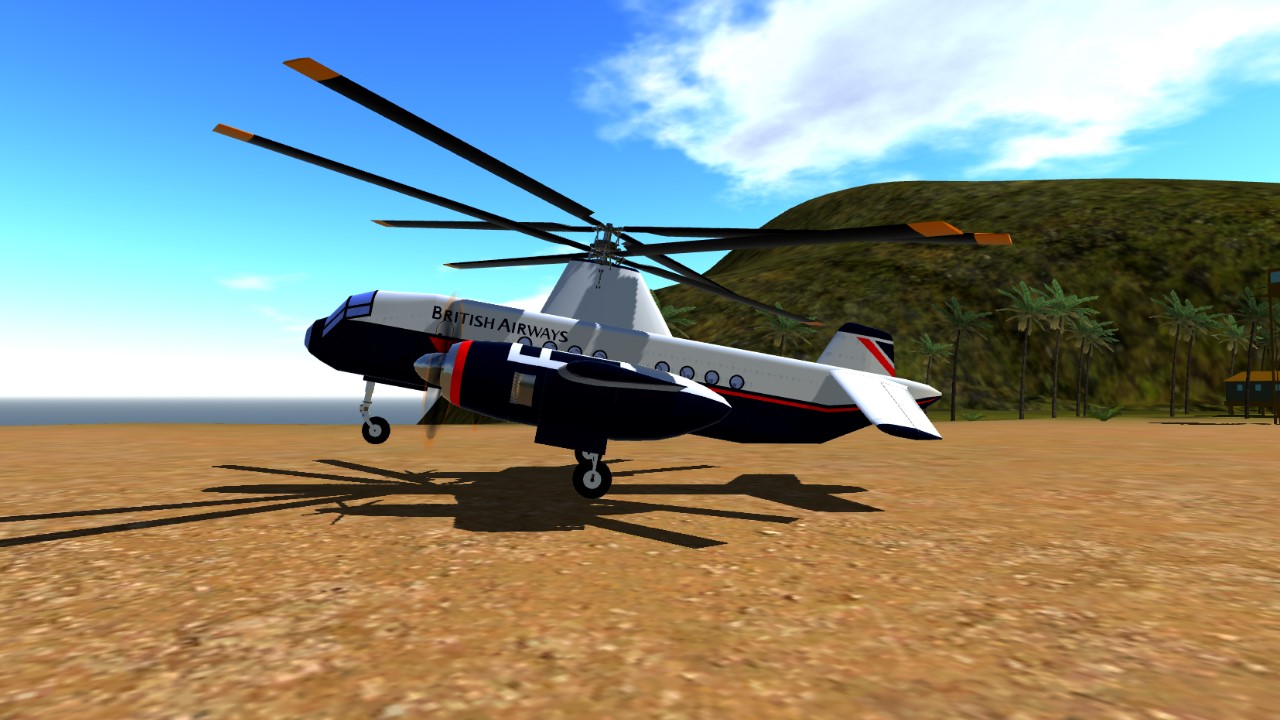

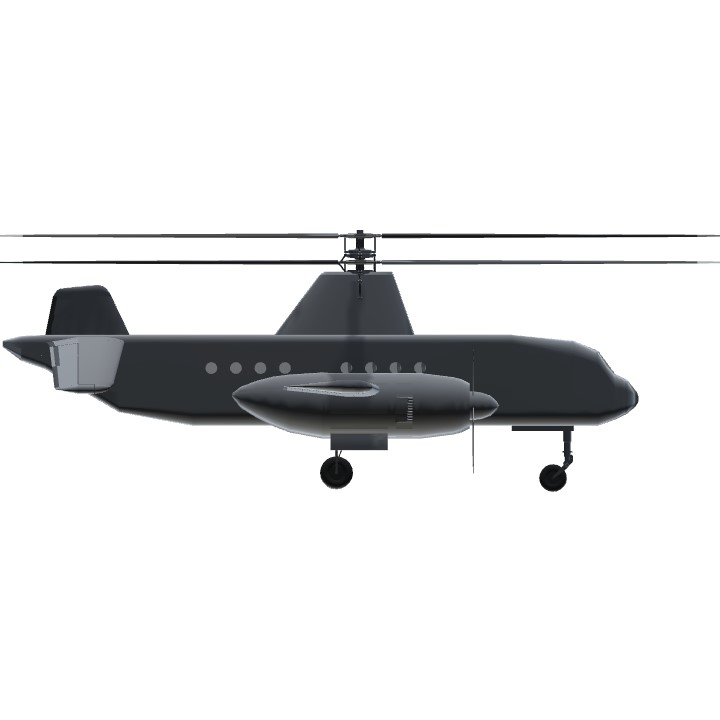
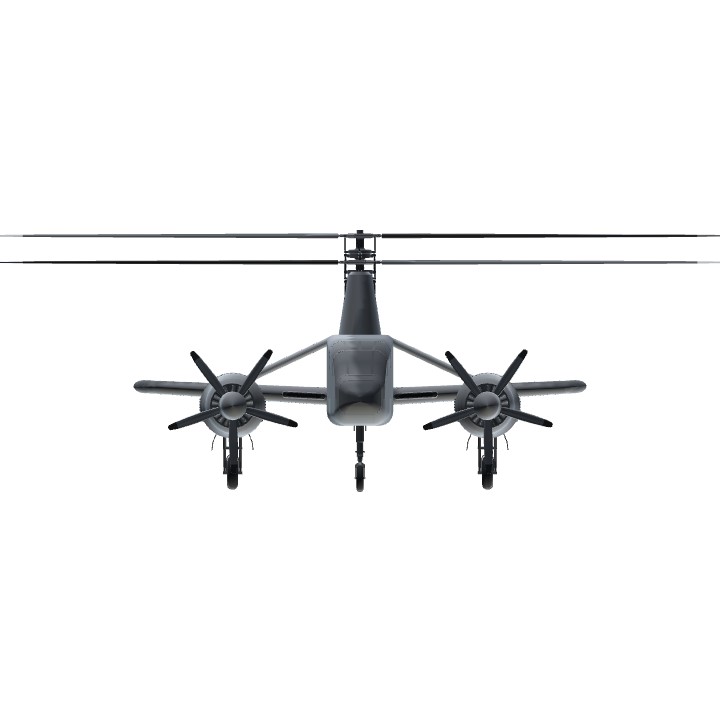
100% Mustard
0% Other
Nice job balancing stability with tossability. I’ve never flown a rotorcraft IRL, so can’t really revaluate the flight model, but I like this one.
@Tang0five yep, if your not careful this thing ploughs furroughs in the ground as well :) or it did when I first made it before ironing out some "quirks"
Great build! Is a rotovator not a gardening tool :)
"But of course, It all went to **."
-Mustard, 2019, Fairey Rotordyne-
Jokes aside, keep up the great work!
Yeah of course @RamboJutter
@Thecatbaron well I didn't want you inundated with just traditional airliners, I always like to explore the more odd/different aircraft types :)
Huh a rotodyne, now that is something I didn’t expect, well lol I guess It falls under the criteria, I didn’t even think of this airliner configuration!
Very great build .